What is the grindability of espresso? Reference of extraction grinding degree of Italian coffee machine
Coffee grind is a very disturbing factor. Many of the problems that occur in brewing are due to inaccurate grinding. For the grinding degree of hand-brewed coffee, Qianjie recommends using No. 20 (0.85mm) standard sieve for calibration, and the pass rate is 80%(10g coffee powder can be used for sieving, and 8g powder can be passed) for the grinding degree of hand-brewed coffee. However, the grind of espresso coffee is very fine, and it is not realistic to sift it with a sieve. How to determine the grind of espresso coffee?
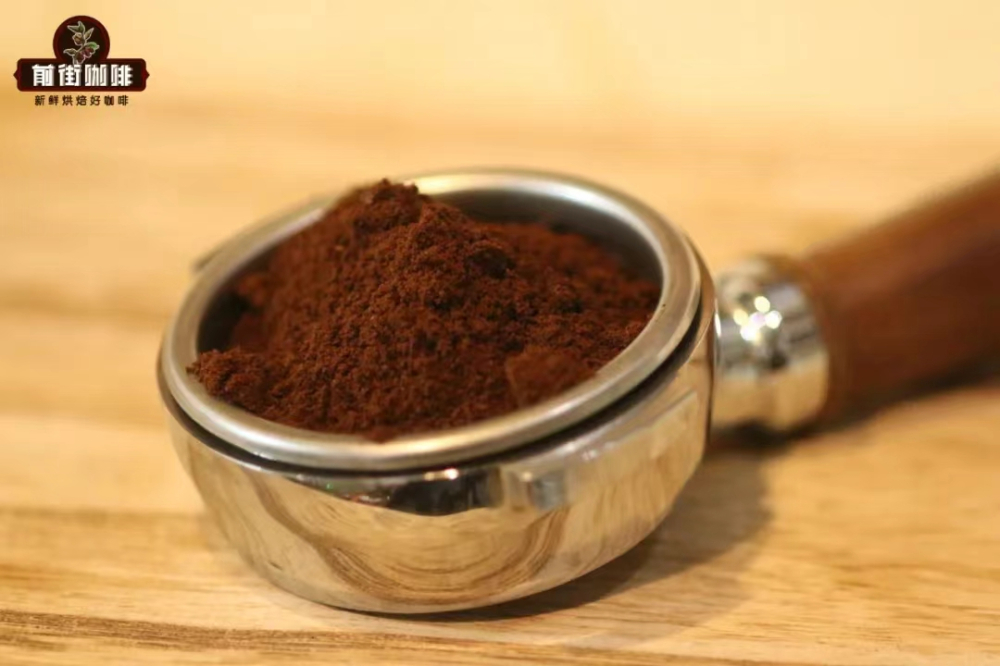
If you go to a coffee shop, please pay close attention to the store at least two grinder, one of which is a full bean bin Italian grinder, the other is used for hand brewing grinder. Why two bean grinders? In fact, the production of espresso coffee is very sensitive to the thickness of coffee powder, the naked eye can not detect the thickness change, put on the coffee machine extraction, the difference immediately reflected.
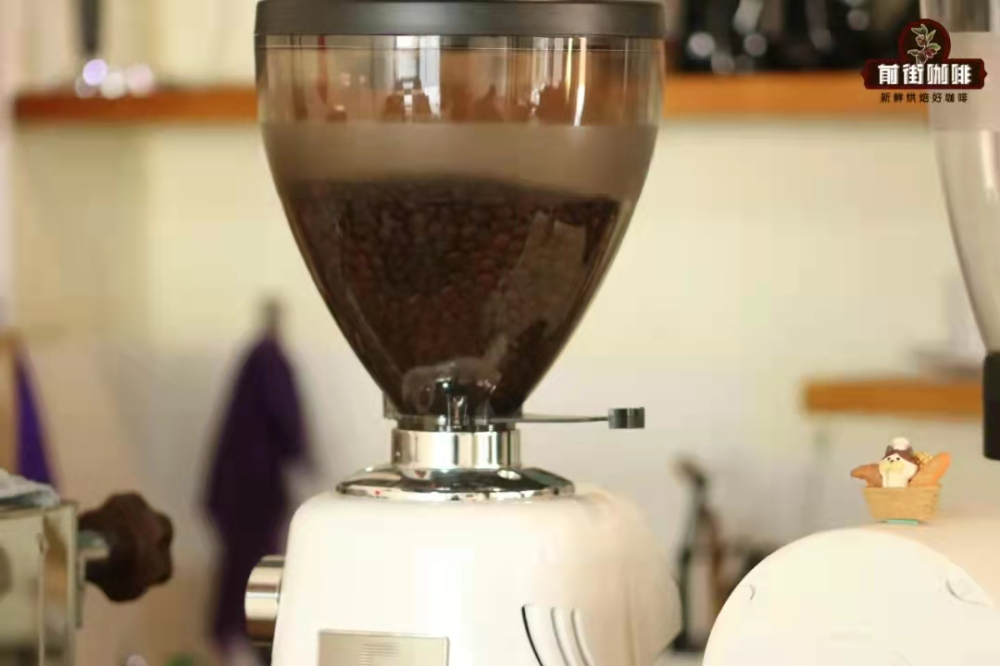
Therefore, in order to maintain the stability of espresso coffee, it is generally equipped with a separate grinder to grind espresso beans. Italian coffee powder looks and feels like flour, but in terms of data, its thickness is between 150 and 300 microns.
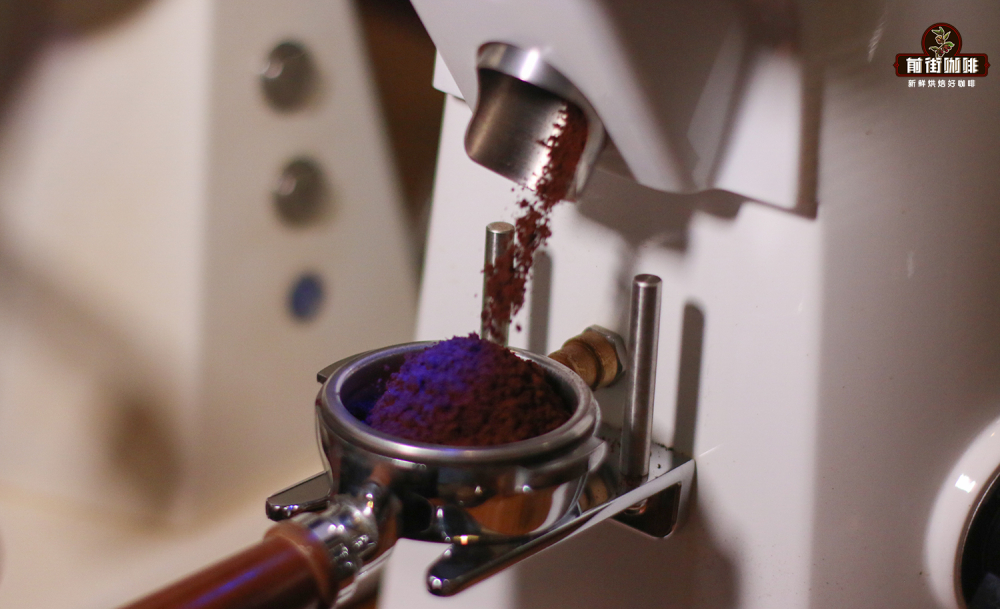
According to the definition of Espresso by the Italian Coffee Association and WBC, a qualified espresso refers to 1 ounce (about 30ml) of espresso extracted from hot water at 90.5~96℃ at 9 atmospheres in 20~30 seconds.
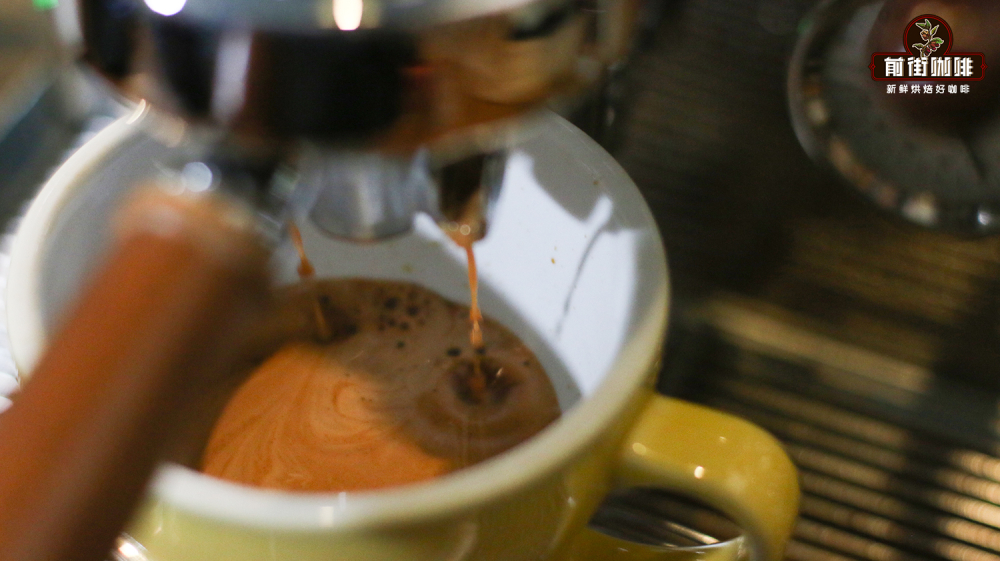
Although the above statement does not clearly state the specific degree of grinding. But as long as we clarify the relationship between time and abrasiveness, it is easy to determine the abrasiveness. In the case that there is no problem with artificial factors such as powder distribution and powder pressing, the finer the ground particles of coffee, the longer the extraction time, and the taste is bitter, which is easy to cause over-extraction; on the contrary, the coarser the ground particles, the extraction time is short, and the taste is sour, which is easy to cause insufficient extraction.
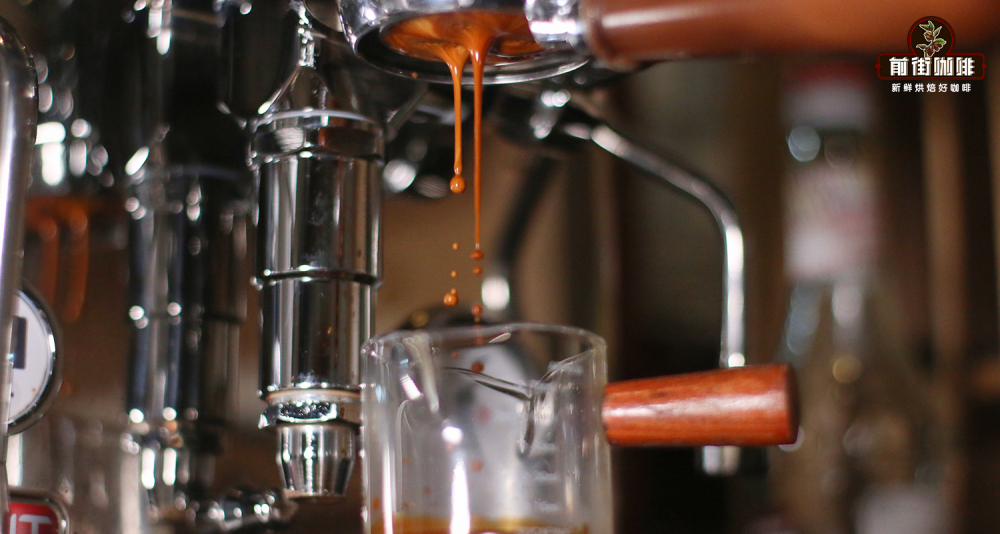
Therefore, in the face of a strange Italian coffee bean or a new bean grinder, the idea of determining the grinding degree is: first determine the extraction scheme, and the Italian preset extraction scheme of the front street is 20 grams of coffee powder.(depending on the capacity of the powder bowl), using a 1:2 ratio of extraction powder (the sunflower warm sun blend used in the front street will be slightly lighter than the average Italian coffee beans, so the ratio of 1:2 highlights the flavor characteristics of sherry coffee and red cherry coffee), i.e. 40g coffee solution (the weight unit is used because the specific capacity unit is more accurate, and the weight of coffee fat is less than the volume).

The pressure and water temperature are fixed parameters, and the coffee machine used in the front street is set at 9bar and the water temperature is 93℃. Then we only need to adjust the grinding degree to reach the preset time point. Some bean grinders are equipped with powder bins, so after each debugging, it is necessary to clean up the residual powder so as not to affect the accuracy of debugging. And don't get too excited when you tune it into our preset time interval. Because what you want is a good espresso coffee, you need to taste it, judge whether there are bitter, sour, watery and other defective flavors, and secondly judge whether there is the flavor of this coffee. If not, you need to continue to adjust, and this time the adjustment is not limited to the degree of grinding. Because our preset brewing parameters are based on the existing cognitive concept, and in the face of coffee beans that have been unfamiliar, we must consider whether the preset extraction parameters are reasonable.
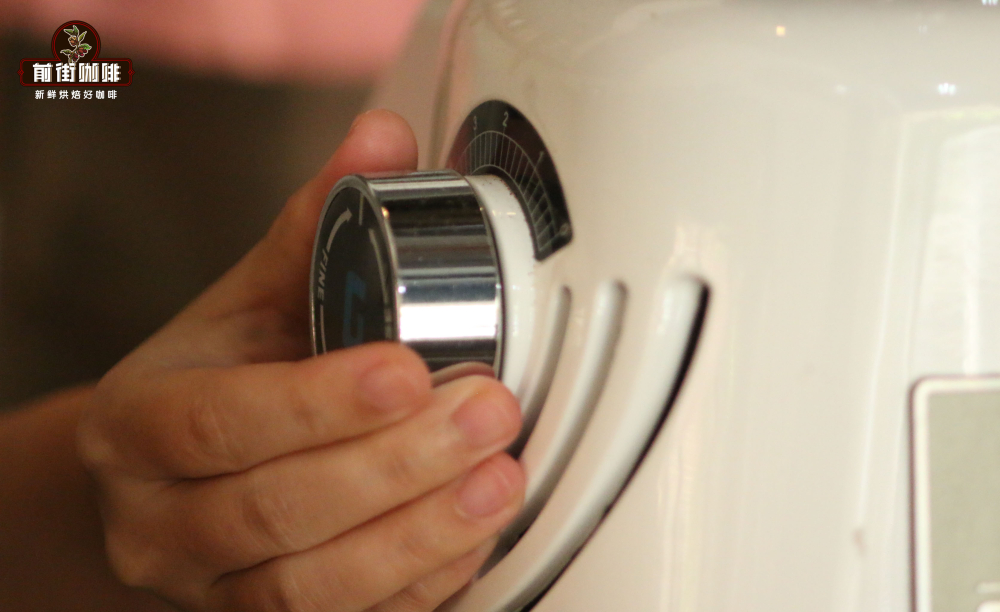
For example, when Qianjie tested a Colombia SOE coffee, it took 26 seconds to extract 40g coffee solution from 20g coffee powder after adjusting to the appropriate grinding degree. However, when tasting the flavor, I felt a trace of burnt bitterness. Through the segmentation test, it was found that the bitterness originated from the tail segment, so I adjusted the extraction ratio of 20g coffee powder to extract 35g coffee solution for 24 seconds.
Professional coffee knowledge exchange More coffee bean information, please pay attention to coffee workshop (Weixin Official Accounts cafe_style) More fine coffee beans, please add private WeChat Qianjie coffee, micro signal: qjcoffeex
Important Notice :
前街咖啡 FrontStreet Coffee has moved to new addredd:
FrontStreet Coffee Address: 315,Donghua East Road,GuangZhou
Tel:020 38364473
- Prev
What kind of water do you use to make coffee? Will pure water make coffee sour? Can I make coffee with mineral water?
Maybe you are using good coffee beans, and the brewing parameters are all right. But there is always some negative flavor in a cup of coffee. Then it's probably the water. You might say that water is colorless and tasteless, up to the drinking standard, isn't it all the same? Then you may have ignored the existence of minerals. Calcium ions, magnesium ions and carbonic acid are more or less found in impure water (distilled water).
- Next
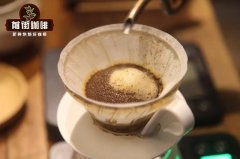
How to make coffee by hand?
Hand brewed coffee is actually the use of water to wash coffee powder to get a delicious cup of coffee. As for how to brew coffee with water, even if this barista has developed the content to share. How do I fill it? See that most baristas brew coffee in a circular way, in fact, this way of water injection is closely related to the form of the filter cup. Conical filter cups used by GF now
Related
- Beginners will see the "Coffee pull flower" guide!
- What is the difference between ice blog purified milk and ordinary milk coffee?
- Why is the Philippines the largest producer of crops in Liberia?
- For coffee extraction, should the fine powder be retained?
- How does extracted espresso fill pressed powder? How much strength does it take to press the powder?
- How to make jasmine cold extract coffee? Is the jasmine + latte good?
- Will this little toy really make the coffee taste better? How does Lily Drip affect coffee extraction?
- Will the action of slapping the filter cup also affect coffee extraction?
- What's the difference between powder-to-water ratio and powder-to-liquid ratio?
- What is the Ethiopian local species? What does it have to do with Heirloom native species?

